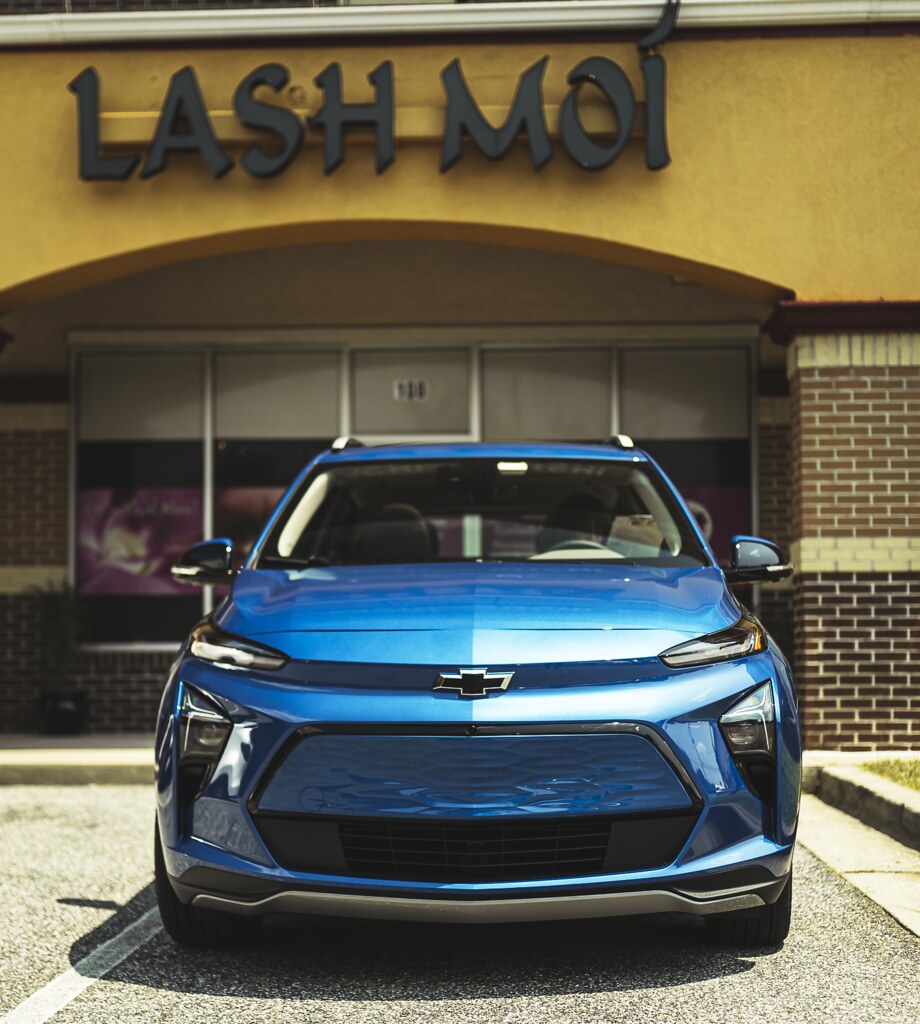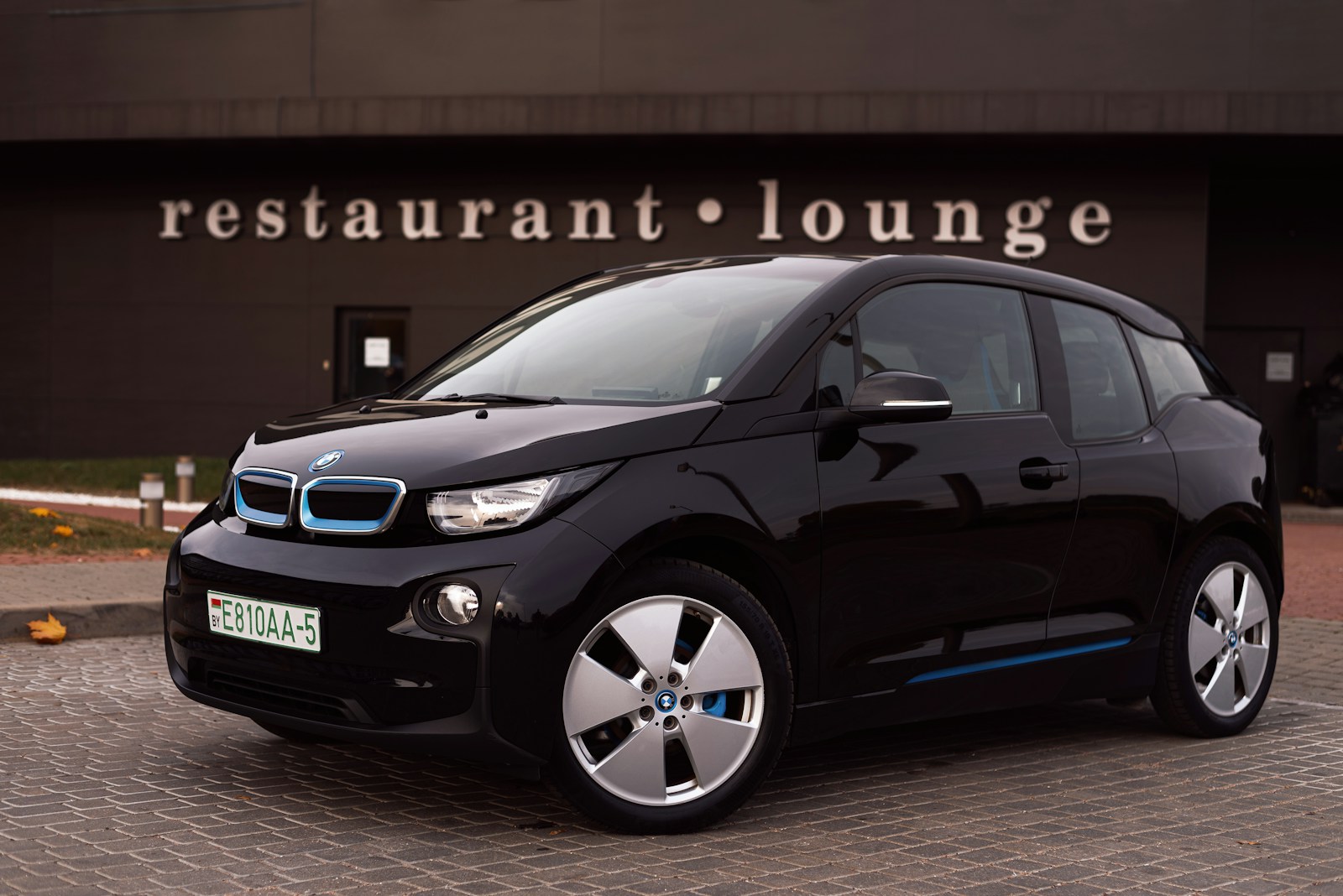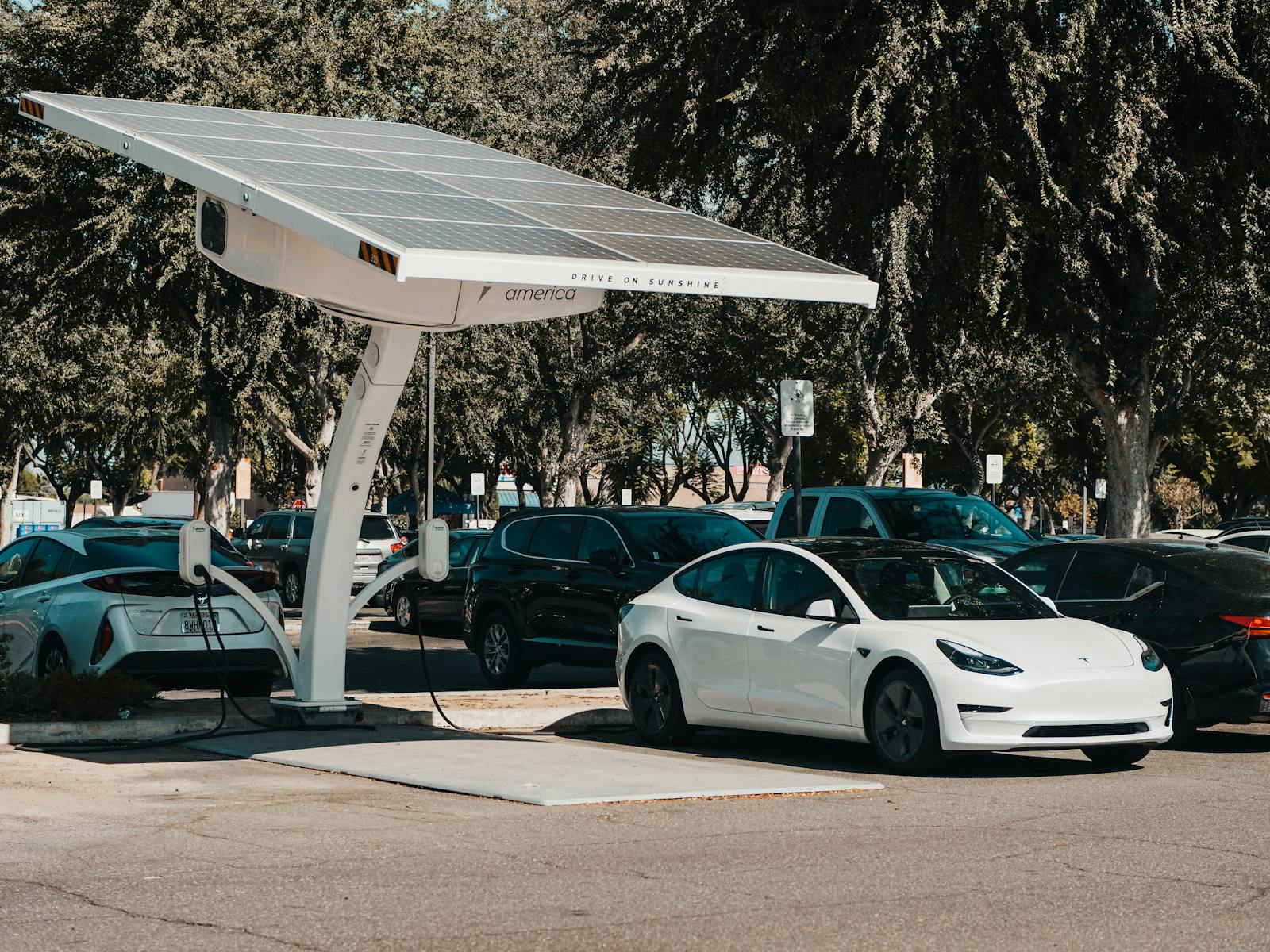Buying a used electric car in 2025 is one of the smartest ways to save money—if you know what to look for. With more EVs hitting the market every year, the secondhand selection is better than ever. But are used electric cars actually worth it?
Let’s dive into the pros and cons, which models are the best bets, and how to make sure your used EV purchase is a good one.

🚘 Why Consider a Used EV?
✅ Pros
- Lower upfront cost: EVs depreciate quickly, so you can score a deal.
- Cheaper to maintain: No oil changes, fewer moving parts.
- Incentives may apply: As of early 2025, some used EVs still qualify for a $4,000 federal tax credit.
❌ Cons
- Battery health varies: Range loss over time is normal, especially for older models.
- Outdated tech: Some used EVs may lack fast-charging or newer safety features.
- Limited range: Older EVs may not suit long-distance drivers.
🧐 What To Check Before You Buy
- Battery condition: Ask for a diagnostic or capacity report.
- Warranty: Check if battery or drivetrain warranty is still valid.
- Charging compatibility: Ensure it supports your local charging network.
- Recall history: Verify it’s had any required fixes completed.
🔝 5 Best Used Electric Cars Worth Buying
1. 2019–2022 Chevrolet Bolt EV

- Range: 238–259 miles
- Pros:
- Excellent range for the price
- Compact and roomy hatchback
- Cons:
- Earlier models had a recall for battery fires (check that it’s fixed)
- Interior feels basic
2. 2018–2021 Nissan Leaf SV Plus

- Range: 150–226 miles (depending on battery)
- Pros:
- Affordable and widely available
- Smooth city driving
- Cons:
- CHAdeMO charging port is becoming outdated
- Lower resale value
3. 2020–2022 Hyundai Kona Electric

- Range: Up to 258 miles
- Pros:
- Strong range
- Reliable build quality
- Cons:
- Smaller interior space
- Limited visibility in rear
4. 2019–2022 Tesla Model 3 Standard Range Plus

- Range: 220–263 miles
- Pros:
- Access to Tesla’s Supercharger network
- Minimalist interior and OTA updates
- Cons:
- Higher used prices
- Build quality may vary year to year
5. 2017–2019 BMW i3 (Range Extender Optional)

- Range: 114–153 miles (or more with REx)
- Pros:
- Quirky, futuristic design
- Optional gas-powered range extender
- Cons:
- Limited range without REx
- Small backseat
📊 Comparison Table
| Model | Used Price Range | Range (mi) | Fast Charging | Tax Credit Eligible | Best For |
|---|---|---|---|---|---|
| Chevy Bolt EV | $14,000–$22,000 | 238–259 | CCS | Yes (most models) | Affordable daily driver |
| Nissan Leaf SV Plus | $11,000–$18,000 | 150–226 | CHAdeMO | Yes (SV trims) | City commuters |
| Hyundai Kona Electric | $18,000–$25,000 | ~258 | CCS | Yes | Compact SUV fans |
| Tesla Model 3 SR+ | $24,000–$32,000 | 220–263 | Tesla SC | Not usually | Tesla ecosystem enthusiasts |
| BMW i3 (with REx) | $13,000–$19,000 | 114–153 | CCS | Possibly | Eco-conscious urban drivers |
💸 Is It Worth It Financially?
Yes—for many drivers, a used EV makes financial sense. Here’s why:
- Fuel savings: Charging at home can cost as little as $0.03–$0.04 per mile.
- Maintenance: No engine = fewer repairs. No oil, spark plugs, or timing belts.
- Tax credit: If the EV is under $25,000, from a qualified dealer, and meets eligibility, you may get up to $4,000 off.
🔌 Charging and Ownership Tips
- Home charging is best: A 240V Level 2 charger will make your life easier.
- Check local incentives: Some states still offer rebates, utility credits, or HOV lane access.
- Be realistic about range: Even 150 miles is more than enough for most daily driving needs.
FAQs
1. Do used EVs qualify for tax credits?
Yes, as of 2025, used EVs purchased from licensed dealers for under $25,000 may qualify for a $4,000 federal credit, provided the car and buyer meet income and location criteria.
2. How long do EV batteries last?
Most EV batteries are designed to last 8–15 years. Some early models do show range loss, but newer models (like Teslas and Bolts) typically retain 80% or more capacity after 100,000 miles.
3. Can I still use public fast chargers?
Yes, but it depends on your plug type. CCS is the standard for most EVs, while CHAdeMO (like in the Nissan Leaf) is becoming obsolete. Teslas use their own Supercharger network, though they are starting to open to other brands.
🏁 Final Thoughts
Used electric vehicles are not only worth it—they’re one of the smartest ways to join the EV movement on a budget. With fewer moving parts, lower ownership costs, and better environmental impact, used EVs offer excellent value for everyday drivers.
Just make sure to do your homework on battery health, charging compatibility, and potential incentives, and you’ll be on your way to driving electric for a fraction of the price.
If you’re shopping used, the Chevy Bolt EV and Hyundai Kona Electric offer unbeatable range per dollar. And if you’re dreaming of a Tesla, a used Model 3 makes it more attainable than ever.
Happy (electric) driving.
Let’s Talk Cars
Have a question? A suggestion? Just want to say hi?
You’re in the right place.
Use the form below to reach out to the AutoSpecs Daily team. We're happy to hear from readers, car lovers, first-time buyers, and anyone who's got something to share.
What can you contact us about?
- Feedback on one of our articles
- Ideas for new topics you'd like us to cover
- Questions about cars, gear, or general auto advice
- Media, partnership, or brand inquiries
- Anything else that's on your mind
We check every message that comes through and do our best to respond within 2 to 3 business days.
We don’t list an email address here to avoid spam, but the contact form is the best and fastest way to reach us.
Thanks for stopping by. We're glad you're here.

